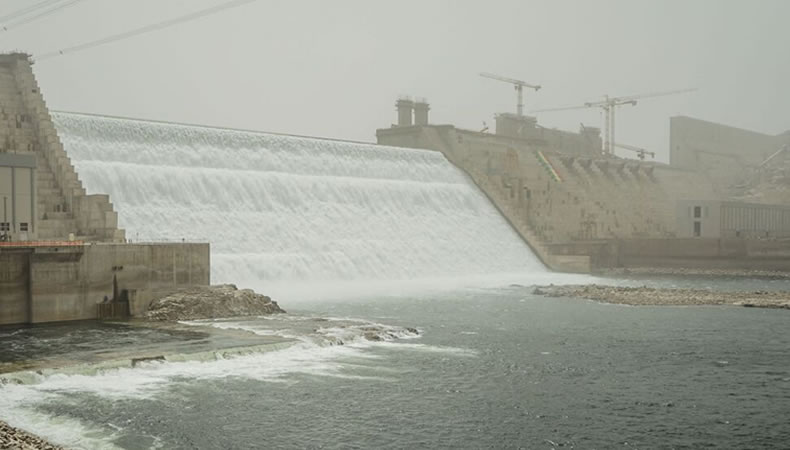Looming Middle East water crisis needs urgent addressing. Tech advances offer help

Amid global warming and its alarming repercussions, countries in the Middle East and North Africa, which have already long been the world’s most water-scarce region, are witnessing an ever-greater drop in their water resources.
Meanwhile, economic instability often interrupts effective water-related development and management programs.
These couple of learnings were among the key messages shared in an online panel discussion hosted by Middle East Institute in Washington on February 15.
A number of researchers emphasised the growing need for Gulf countries to embrace new ideas and technologies to find effective ways to limit the depletion of water resources as well as help preserve supplies.
As levels of water scarcity vary from area to area in the MENA region, the experts raised concerns over diminishing water supplies leading to greater political instability and more struggles between states over access to the natural resource.
Read | Yemeni leader requests assistance from EU for its economy and development
Older methods of measuring precipitation and evaporation are still valid in the modern era. But researchers recommended the use of satellite-imaging technology to better understand and monitor natural phenomena.
Nevertheless, satellite imagery is not expected to entirely resolve all the questions water scientists need to be answered to help them develop better solutions – because the resolution and availability of satellite images vary from area to area.
Today, the MENA region cannot keep up with the growing demand for water, said Youssef Wehbe, a non-resident scholar with the climate and water program at the US institute. This is, in part, due to the fact that the region receives less than 200 millilitres of precipitation a year and that evaporation levels go beyond 55%.
Based on research published in respected scientific journals, the amount of groundwater lost over a 10-15-year period is humongous, said Enrique R Vivoni, a professor at the University of Arizona.
Satellite imagery shows Iran, Iraq, eastern Turkey, and northern Saudi Arabia to have experienced the greatest loss of non-renewable underground water resources, Vivoni added, calling on officials in these countries to determine whether the data was accurate and if so, to take appropriate steps to reduce or entirely reverse the problem.




